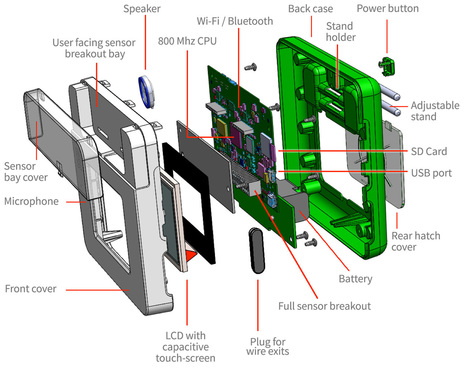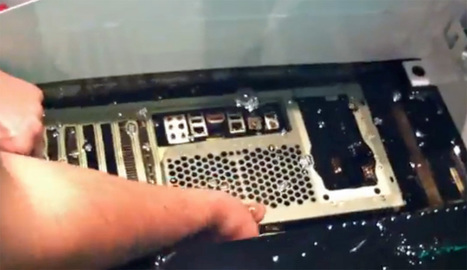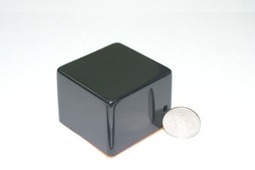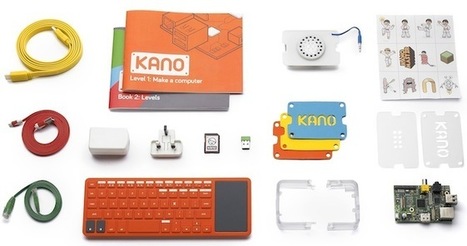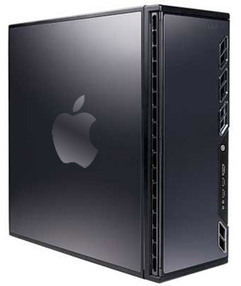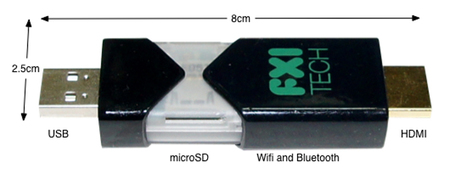Kinoma Create is the JavaScript-powered construction kit for makers, professional product designers, and web developers with no prior hardware experience.
With Kinoma Create, you can create personal projects, consumer electronics, and Internet of Things prototypes more quickly and easily than ever before.
It's designed to be the fastest way to go from a product concept to a fully realized, Internet-connected prototype.
Bare boards like Arduino and Raspberry Pi are amazing for their audience — we love these products and all the wonderful projects they have inspired. Kinoma Create was designed to enable a broader audience to join the party. It lets you make all the same sorts of things, but helps you skip the tedious and difficult details to get straight to the fun stuff.
Why is Kinoma Create especially good at prototyping smart consumer electronics and Internet of Things devices? Because they share the need to talk to other devices, phones, and tablets, to connect to sensors in order to interact with their environment, and to talk with web services. And Kinoma Create makes all of that simple.



 Your new post is loading...
Your new post is loading...

